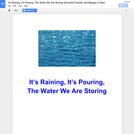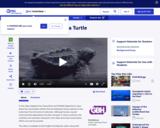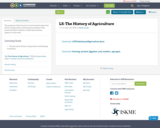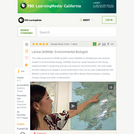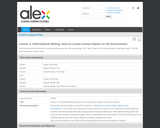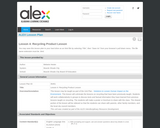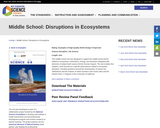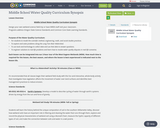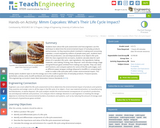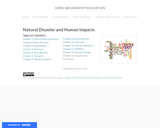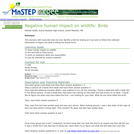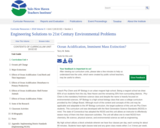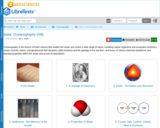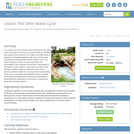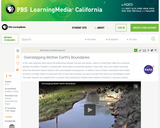The research publications on Our World in Data are dedicated to a large range of global problems in health, education, violence, political power, human rights, war, poverty, inequality, energy, hunger, and humanity’s impact on the environment. On the homepage we list all the global problems and important long-term changes that we have researched.
Thanks to the work of thousands of researchers around the world who dedicate their lives to it, we often have a good understanding of how it is possible to make progress against the large problems we are facing. The world has the resources to do much better and reduce the suffering in the world.
We believe that a key reason why we fail to achieve the progress we are capable of is that we do not make enough use of this existing research and data: the important knowledge is often stored in inaccessible databases, locked away behind paywalls and buried under jargon in academic papers.
The goal of our work is to make the knowledge on the big problems accessible and understandable. As we say on our homepage, Our World in Data’s mission is to publish the “research and data to make progress against the world’s largest problems”.
Licenses: All visualizations, data, and articles produced by Our World in Data are open access under the Creative Commons BY license. You have permission to use, distribute, and reproduce these in any medium, provided the source and authors are credited. All the software and code that we write is open source and made available via GitHub under the permissive MIT license. All other material, including data produced by third parties and made available by Our World in Data, is subject to the license terms from the original third-party authors.

